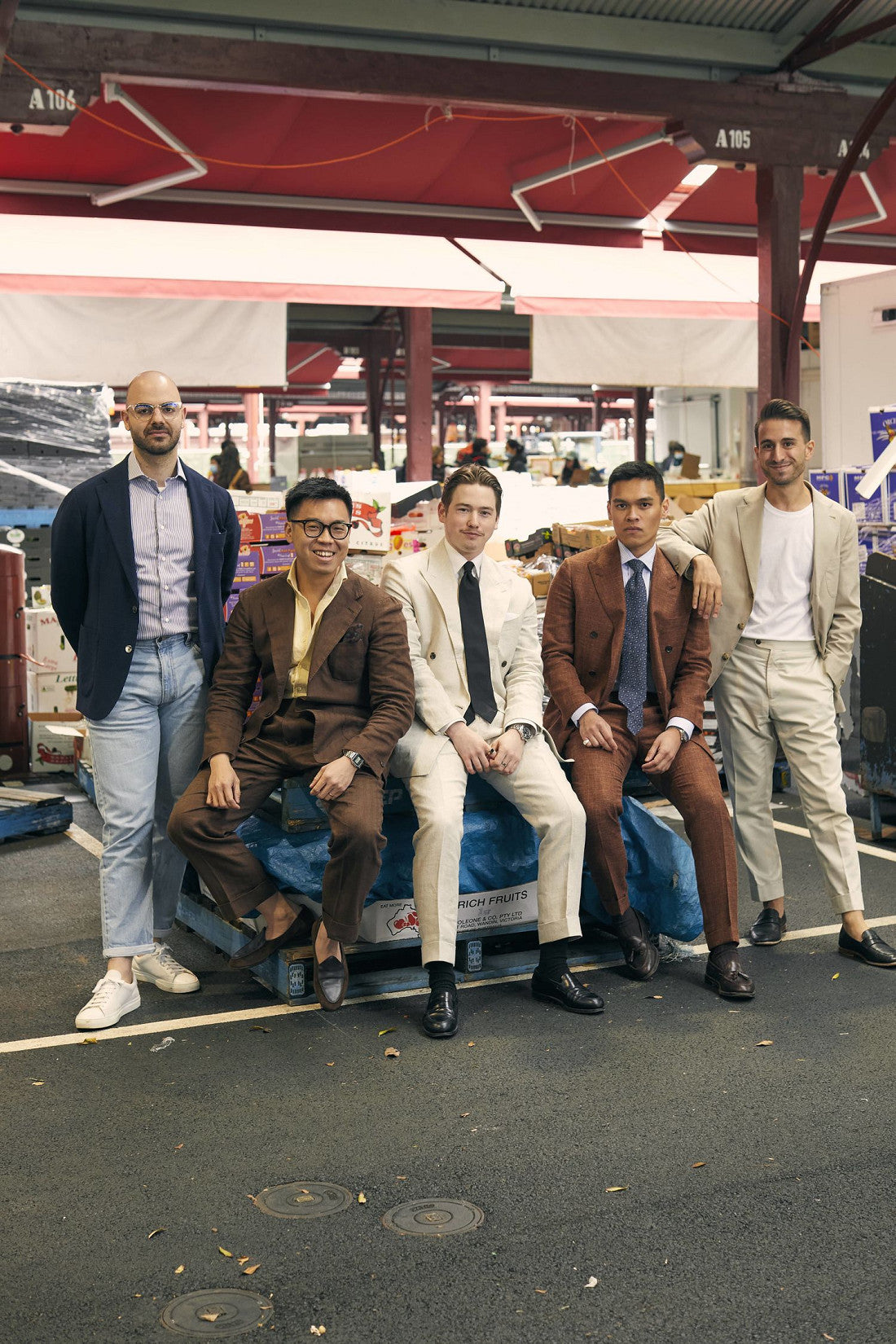How colour and pattern impact the perception of a tailored suit
Often underrated but never overlooked, the hue and pattern of the cloth you choose for your tailored suit has a significant impact on the overall aesthetic. From elevating the garment to be formal to injecting extra personality, the subtlest of tweaks for either can result in a very different finished product.
Here, we provide a comprehensive (ish) guide on how to select the best colour and pattern combination for any occasion.
Let’s get into it!

Which colours are considered classic and timeless for suits?
When it comes to designing a made-to-measure suit, often one of the easiest places to start is with colour. This can generally be done by considering the occasion you’re purchasing the garment for and the accompanying dress code.
For more traditional corporate suiting, there’s no surpassing a classic navy or charcoal shade. Considered something of a wardrobe evergreen - timeless without feeling fussy - both of these shades can be worn year around and are the epitome of versatility, easily paired with a broad selection of shirts and ties.
In the event that you’re in the market for evening wear, there may be occasion to consider black. A chic and inarguably classic shade, it makes for a night time staple - but take heed. Based on our understanding of colour psychology in suiting, black can look a little on the harsh side as day wear so we generally recommend keeping this for those events that take place after dark (and into the early morning).

What suit patterns should I consider?
Patterns in suit fabrics run the full gamut from the obvious (a Prince of Wales check) right through to the barely discernible (a pinpoint). And with so many options on the proverbial table, it can be hard to know where to begin.
To simplify the equation, we apply a handy rule of thumb that suggests the more open or obvious the pattern, the better suited it is for casual attire. In contrast, finer, often flatter looking fabrics generally lend themselves to formal wear.
Applying principle to practice, this means that something like a pale blue windowpane check on a light brown base is going to be more suited to a sport coat than it is a two-piece suit for a conservative board meeting. Similarly, it might suggest that an inky black twill lends itself to a dinner suit more than it does a light Summer blazer.

Debating what colour and pattern is right for you?
While you can read for days about the theory underpinning the right choice of fabric, there’s no beating handling the cloth for yourself.
If you are entertaining a new suit, we encourage you to pop by the showroom to experience our selection for yourself. All while in the expert hands of our fitters who can assist as much (or as little) as you like.


